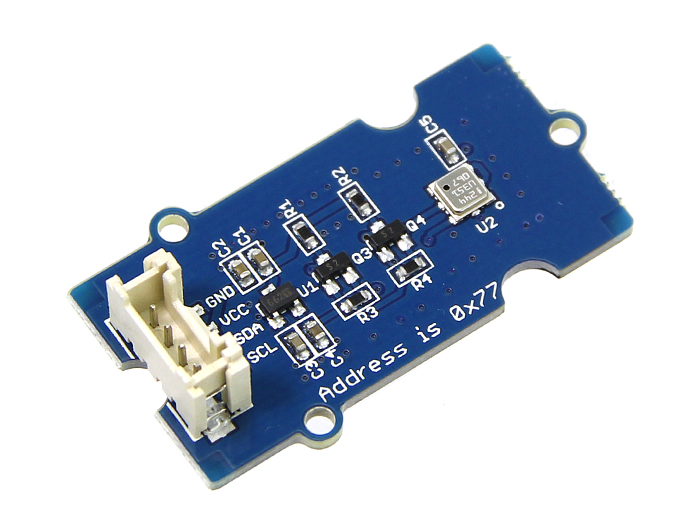Filters
Clear allSubject
- Careers (25) Apply Careers filter
- Climate Change (2) Apply Climate Change filter
- Creative arts and media (6) Apply Creative arts and media filter
- Cross curricular (39) Apply Cross curricular filter
- Design and technology (143) Apply Design and technology filter
- Engineering (83) Apply Engineering filter
- Food Preparation and Nutrition (3) Apply Food Preparation and Nutrition filter
- Leadership (1) Apply Leadership filter
- Mathematics (136) Apply Mathematics filter
- Personal development (2) Apply Personal development filter
- Psychology (1) Apply Psychology filter
- Science (141) Apply Science filter
- Space (3) Apply Space filter
- STEM Clubs (9) Apply STEM Clubs filter
Age range
Type
- Activity sheet (109) Apply Activity sheet filter
- Article (32) Apply Article filter
- Audio (1) Apply Audio filter
- Data set (1) Apply Data set filter
- Demonstration (1) Apply Demonstration filter
- Experiment (2) Apply Experiment filter
- Game (3) Apply Game filter
- Group work (6) Apply Group work filter
- Image (37) Apply Image filter
- Information sheet (25) Apply Information sheet filter
- Interactive resource (9) Apply Interactive resource filter
- Open-ended task (1) Apply Open-ended task filter
- Poster (5) Apply Poster filter
- Presentation (52) Apply Presentation filter
- Research (27) Apply Research filter
- Self assessment (1) Apply Self assessment filter
- Simulation (1) Apply Simulation filter
- Teacher guidance (138) Apply Teacher guidance filter
- Textbook (7) Apply Textbook filter
- Video (35) Apply Video filter
- (-) Remove Include Physical Resources filter Include Physical Resources
Showing 624 results
This activity includes a game-based approach to measuring reaction speed. Fast reflexes are vital to astronauts who may need to deal with rapidly escalating incidents and high-speed projectiles.
The effect of distraction on reaction speed is investigated – students collect multiple readings and take averages...
In this lesson pupils will use audio editing software and apply their skills to record and edit an interview with friends or family members about their experiences of technology when they were growing up.
Pupils will develop an understanding of the reasons for interviewing and how to carry out, record and...
In this resource learners will use Scratch, to debug and then improve a program to move Autosub6000 around the ocean floor, photographing samples found. The remote movement will be controlled through a keyboard’s arrow keys initially and then the children will be challenged to create a program which will move...
The BBC micro:bit is a small programmable device, designed to engage children with coding and the world of digital. Given to all 11-12 year old students across the UK in 2016, it is supported with a range of programming environments available here.
...
Ten free activities for the start of term to use in class to develop children's computing knowledge and skills. Activities include creating an algorithm to get ready for school and how to stay safe online.
In this activity children design and build their own Ball Run, and put their final creation to the test. They are provided with tips for joining dowels together,...
These resources support the teaching of the Computing curriculum by providing display materials and resources that can be circulated to parents. These resources will improve pupils computing vocabulary and understanding as it gives them a point to refer to when discussing the curriculum.
The Barefoot Computing project is helping teachers to teach the computer science elements of the primary computing curriculum. This collection contains the free, high-quality resources produced by the project, comprising of teacher guides and activity sheets.
The project uses a range of approaches to a core...

The barometer can be used to measure and monitor atmospheric pressure. It works well for conducting weather studies or experiments that involve pressures close to...
Computers are often required to find information in large collections of data. They need to develop quick and efficient ways of doing this. This activity demonstrates three different search methods: linear searching, binary searching and hashing. This resource begins with the introductory activity of battleships....
Even though computers are fast, there is a limit to how quickly they can solve problems. One way to speed things up is to use several computers to solve different parts of a problem. In this activity sorting networks are used to do several sorting comparisons at the same time. This resource begins with a discussion...
This lesson or enrichment activity investigates recursive algorithms using Fibonacci series.
It begins with an engaging maths magic trick ‘how to fake a super brain’ that uses a special property of Fibonacci numbers, and proceeds to look at the Golden Ratio in nature and its ‘beautiful’ properties.
...
This activity gives SEND pupils the opportunity to create a program to control a single Bee-Bot around a complex course. Pupils learn to break down a problem into smaller parts, create an algorithm and a program to move a robot to a specific point and to detect and correct errors in the program by creating obstacle...
This activity for younger children introduces algorithms and algorithmic thinking. After first planning how to draw numbers using the simple commands available, children then program a BeeBot to create the shapes (BeeBots are a type of simple programmable rover). By watching and feeding back on each other's efforts...
This introduction to using the small programmable robot, the BeeBot, introduces children to creating simple programs. They learn the importance of sequences of accurate instructions, and test their sequences out using a 'fakebot' or paper-robot. Children are encouraged to debug and develop their sequences before...
